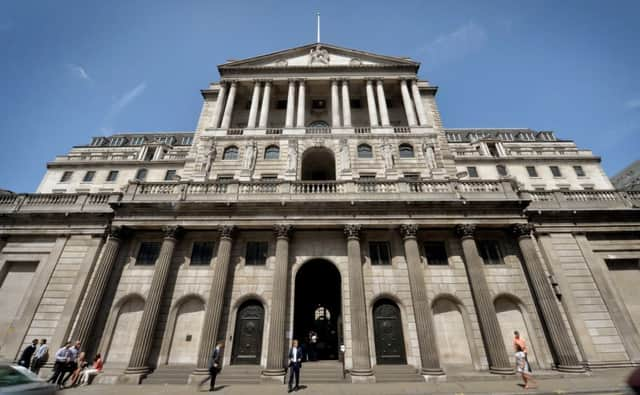Analysis: Don’t panic! Deflation not on the cards


So, deflation QED? Well, not quite.
Experts question whether this is really “Deflation” with a capital D – a sustained period of widespread falling prices – or a temporary dip, better described as “negative inflation”. That may seem like splitting hairs. But there is a world of difference. And for now the overwhelming balance of argument is on the side of “negative inflation” – that what we’re seeing is a transient, short-term dip in prices that will have little implication for the economy or government policy.
Bank of England governor Mark Carney signalled last week we would enter a brief period of falling prices and he expected inflation to remain very low over the next few months.
Advertisement
Hide AdAdvertisement
Hide AdBut he added that “inflation should pick up towards our 2 per cent target” at the end of the year. The figures show transport costs were 2.8 per cent lower in April than a year ago, while food was 3 per cent cheaper. The dip in prices was foreshadowed by the sharp decline in oil prices and the downward pressure to food prices from supermarket competition. So – we can relax – for now – enjoy (slightly) lower prices for food and transport and wallow in the nostalgic evocation of life in 1960 when inflation, as measured by the precursor to CPI, last turned negative (by 0.6 per cent).
Was there a panic? Harold Macmillan was prime minister, Britain was enjoying a consumer boom and Lonnie Donegan was in the charts, with My Old Man’s a Dustman. That’s about the nearest we got to worrying about “negative inflation”.